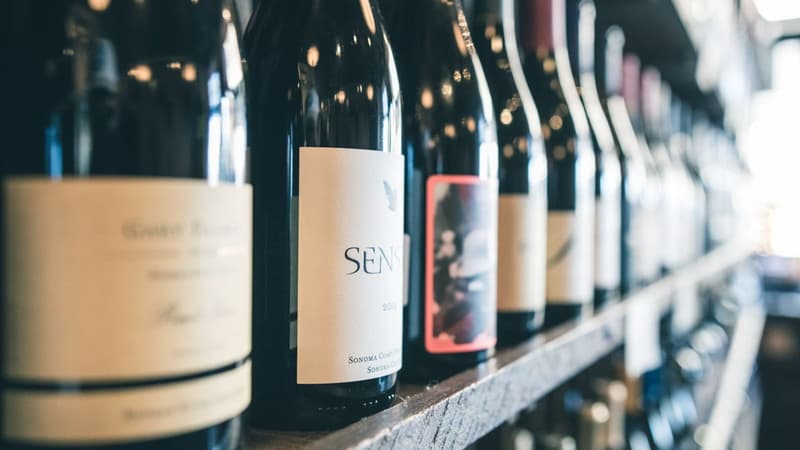Critical alterations but also a substantive trend: world consumption of wine again fell in 2024, at its lowest level since 1961, estimates on Tuesday, April 15, the International Wine Organization (OIV) that indicates a lack of visibility against economic uncertainties.
Wine purchases decreased by 3.3% compared to 2023, to 214.2 million hectoliters (MHL), the OIV details in its annual report, based on official figures for states. If this estimate was confirmed, “it would be the lowest volume recorded since 1961” (213.6 MHL).
At work, a decrease in demand in key markets such as the United States and average prices inflated by low production volumes, cost increases and general inflation: the consumer pays his wine on average on 30% more than 2019-20.
It is “the perfect storm,” says Giorgio Delgrosso, responsible for the OIV statistical division.
“There is a generational drop”
Consumption has decreased since 2018 (-12%), with in particular the decrease in sales in China, despite a bounce after cavidas in 2021.
“Beyond the economic and geopolitical disturbances in the short term, it is important to take into account the long -term structural factors that also contribute to the observed decrease in consumption,” underlines the intergovernmental organization created 101 years ago: new preferences of consumption or lifestyle …
In Europe, which represents 48% of sales, consumption fell 2.8% in 2024. And in France, a country often associated with wine, consumption has gradually decreased for decades and has decreased even more to 3.6% last year.
“There is a generational drop: we only drink in a festive frame and young people consume less than their parents,” recalls the French wines merchant Nicolas, who considers that “we drink less, but better”, with an “increase in products of products.”
Spain and Portugal are among the rare European markets where consumption has grown, modestly. The world leading market, the United States has seen its consumption return in 5.8%, at 33.3 mhl.
A superabundance of rain in crops
Ultimately, the withdrawal of promised inflation by 2026 by economists “Will you bring China and the United States back or are we going to stabilize at slightly lower levels? These are the two scenarios”, difficult to decide at this stage, explains Giorgio Delgrosso.
“You have to see what is happening on Trump’s side, on the side of international trade, since (…) it can be another bomb,” he said. Winegrowers production has parallel in 2024 at its lowest level for more than 60 years, from 4.8% to 225.8 MHL.
It is even less than the most pessimistic estimates published at the end of 2024, Spain and the United States that lowered its figures.
The crops have suffered an exaggeration of rain in certain areas, of drought in others. Europe (61% of the total) presents the weakest harvest of this century.
Italy finds the place of the first world producer, with 44 million hectoliters; French production fell (-23%) at its lowest level since 1957, but is still the second with 36.1 MHL.
Then Spain arrives (31 MHL), United States (21.1 MHL, 17.2% less that is due in particular to extreme heat). The southern hemisphere had not seen a crop also reduced for 20 years.
Strong export value
The effects of production on the decrease and the highest prices have felt in international trade, with 99.8 MHL exported, as in 2023 but 5% below the average of the last five years.
However, this decrease in volume was compensated for a high export value: 35.9 billion euros were exchanged in wine last year, thanks to an average price of 3.60 euros per liter, the same record level as in 2023.
Italy, the world’s main exporter, has seen its commands grow, attracted in particular by bright wines such as Prosecco.
The cultivated area also continued to decrease. But that “do not worry too much,” says Giorgio Delgrosso: it can be a market response but also a sign of better efficiency, abandonment of certain areas or the effect of regulations.
Source: BFM TV


